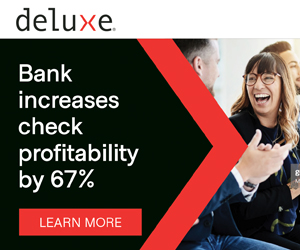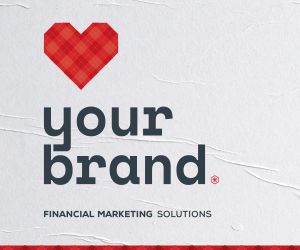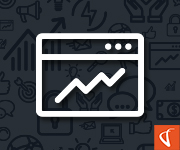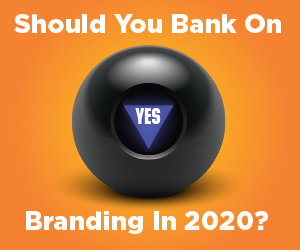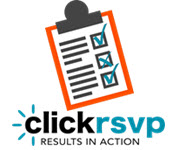| Past Issues | Subscribe | Banking Journal Magazine | Banking Journal Online | ||||||||||||||||||
 |
||||||||||||||||||
February 21, 2020 |
||||||||||||||||||
|
It can be daunting to jump so late into the digital marketing pool, especially for those of us schooled in the age of traditional marketing. There are myriad choices, many with confusing acronyms. How do all these pieces fit together—or do they? And where do you start? You know you need to learn to swim in the deep end, but you find yourself dog paddling in the shallow end, or worse yet, afraid to jump in.
It’s the third week of January, a chilly time on the Great Plains at the western edge of Kansas. In the town of Elkhart, farmers and ranchers are gathering for Heartland Tri-State Bank’s annual Farmer Focus Day—a free opportunity for agricultural producers to build their farm business IQ. The event is seeing its biggest turnout ever, with the bank inviting middle and high school students to join their parents for lunch and a talk by atmospheric scientist David Snodgrass, who assesses and forecasts weather risks for the ag industry.
Social selling—the practice of employees sharing branded bank content with their social networks—is an incredibly cost-effective marketing tool when compared to traditional advertising efforts. Billboards, for instance, can cost up to $14,000 per month in larger cities, and advertisers can expect to pay a minimum of $5 per 1,000 views for a 30-second local TV commercial. On the other hand, social selling is essentially free. All you need to get started is an internet connection and an engaged workforce.
As marketers, we often have to review expenses and tactics to make marketing decisions for our banks. The most painful item in this review—at least in my humble opinion—is business cards. There, I said it. You can thank me later.
As consumers increasingly shift to digital channels, banks have made significant strides in using financial advice, delivered digitally, to strengthen customer relationships, according to a new J.D. Power survey. Retail banking customers reported an overall satisfaction level of 833 with the advice they received (on a 1,000 point scale). That figure was up 14 points from 2019, and was driven largely by large banks.
Mar. 23 - Apr. 17, 2020 April 21-28, 2020 May 15 June 1 - 26, 2020 Oct. 7-9, 2020 |
||||||||||||||||||
